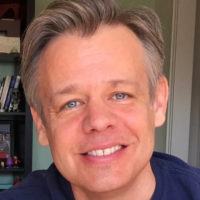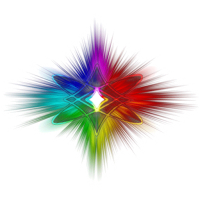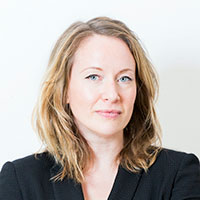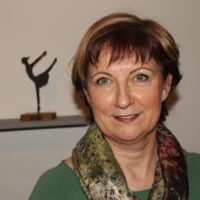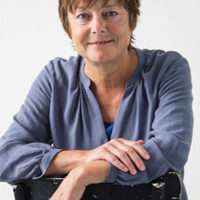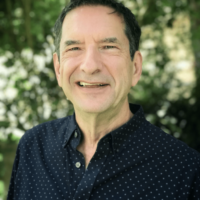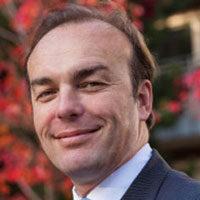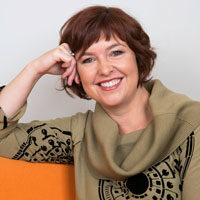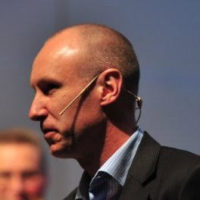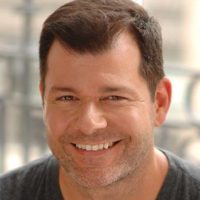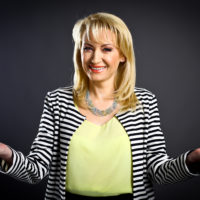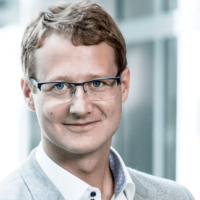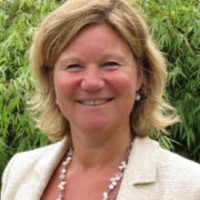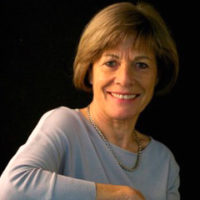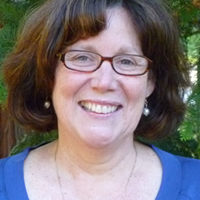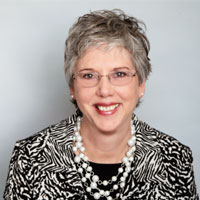Last week, I wrote about the Great Breaking Open in our societal systems and structures and the deeper breaking open of the human spirit. This week, I follow up on that article to look at how we as a society are reacting to what is happening as the systems and structures break open. We’ll also continue to look at how the fundamental choices we make now will determine how we move forward as a collective.
From the outset, let me say that it is not my intention in this article to criticize, but rather to objectively acknowledge what is happening on a broad scale. My intention is to treat what is happening as information rather than judging it as right or wrong, and to explore where we might go from here.
Generally speaking, when we, both as individuals and as a society, sense that something important to us is breaking down or falling apart, a common reaction is to ignore or deny the deeper complex issues behind what is happening. Too often, we either attempt to rationalize the situation away, or we look for the quickest fix. Rarely do we actually address what is going on under the surface.
Furthermore, when we feel threatened, our survival instincts can easily kick in, causing us to reduce what is happening to yes-or-no, black-or-white, right-or-wrong, us-versus-them terms. The survival self rarely considers details, looks at a bigger picture, inquires about what other people think or how they feel, or contemplates long-term consequences of our choices and actions.
When we feel threatened, our instinctive reaction is to quickly identify the enemy and fight against it. And because the battle is always easier to fight when the enemy is outside of us, we rarely look inward. Working through our “inner stuff” takes a lot more courage than attacking an outside force. Therefore, we make quick assumptions about who is with us and who is with the enemy. We want to know right away who we can count on to support us and who we can’t.
At the same time, the survivor self wants to appear to be in control. It will go to great lengths to assure others that everything is fine. And it may make valiant efforts to convince itself that no one else can see or feel its inner fears. Meanwhile, those inner fears cut deeper and deeper into our psyche.
When this happens on a societal level, the collective survival self begins oversimplifying and even “dumbing down” the issues in order to convince the masses to support its position. And this is where things start to get dangerous. The more we disregard the full spectrum of what is going on and the feelings and emotions that are present within what is happening, the more we bury layer upon layer of conflicting emotions, opinions, feelings, hopes, and dreams. In a relatively short time, this creates an incredibly confusing matrix of complexity.
We are now living in such a matrix of complexity. It has become our reality. And it has become increasingly cloudy and opaque, unpredictable and volatile, confusing and overwhelming.
Because it’s so difficult for most of us to rationally comprehend all that is going on, it’s no wonder that the general reaction from a large segment of the population is to reduce the overwhelming complexity to simple either-or scenarios. The survivor self is attempting to cope with what is happening. Its job is to make sure we are safe – that nothing bad will happen to us. Reducing life to “yes-or-no” or “this-or-that” choices is the survival self’s way of attempting to manage the confusing and overwhelming situation.
However, an either-or approach only works in complicated situations—situations that are somewhat linear and predictable in nature. There is very little that is linear and predictable about where we are now. We have crossed the line from complicated into complex. Instead of being linear and predictable, complex situations are made up a matrix of swirling energies, events, emotions and feelings, and constantly changing circumstances. Instead of black and white, we have entered the land of a million shades of gray. Very little, if anything, is certain. The ground is constantly shifting. “Yes or no” has become “yes and no.” “Either-or” has become “some of both.”
Even defining “reality” becomes difficult. We think of reality as what is actually happening. Yet in truth, reality is not what is actually happening; it’s our interpretation of what is happening. And our interpretation can be shaped by:
- Where we are standing at the moment
- The angle from which we are looking at things
- The role or roles we are playing within the situation
- What we perceive to be our pressing needs and/or the needs of others we care about
- Our dreams for the future
- Who we allow to influence our thinking
- And the list goes on…
We can easily get so lost in our own realities that we lose touch with the fact that there are other groups of people who are in different circumstances, experiencing different realities. They may see things from other perspectives. They may have different needs, responsibilities, and dreams. And they may have different ideas about how to move forward, or even what “forward” means.
Reducing complexity to binary, either-or choices disregards the fact that there is much more to what is happening than we want to acknowledge. The survivor part of us knows that once we know something or have experienced or felt something, we can never again not know or not have felt or experienced it again. And it doesn’t want to go there. It knows that once we allow ourselves a powerful experience or feeling, our greater human spirit will feel compelled to do something about it. Taking action is way too threatening to the survivor self because it can’t be sure of the result. The survivor self wants to be in control. So it prefers to foster the illusion of an over-simplified, either-or world.
The more attached we become to an over-simplified, either-or perception of reality, whether as individuals or societies, the greater the danger that our situation will devolve into chaos. When we don’t acknowledge what is boiling under the surface, the situation becomes a pressure cooker. If there is no release for the built-up steam, the cooker will explode.
This is exactly what is happening now. In the Great Breaking Open, the pressure in the cooker is the human spirit’s demand to be seen, heard, honored, respected, and connected to a greater whole. The pressure inside the cooker is cracking open the pot. The human spirit is breaking through.
The Great Breaking Open brings us to a critical choice point. In last week’s article, I framed that choice point as: Will we continue to feed the small dream, or will we stretch the very fiber of our being to discover the bigger dream that is waiting for us?
Put another way: Will we continue to take hard stances against one another? Will we keep holding on tightly to “us” – how we think, what we want, and the lives we have carefully crafted and protected – and vilifying “them”? Or will we press pause, acknowledge the deep complexity of our situations and circumstances, take time to be curious and explore, and ask, “What wants to happen?”
In the simplest terms: Will we start working with what is breaking open or continue to push against it?
We can no longer afford to pretend that the Great Breaking Open isn’t happening. There is no “going back to how it was.” As the saying goes, the cat is out of the bag. Denying the complexity of our circumstances by taking artificially simple, either-or, us-versus-them approaches will lead us further into chaos – a complete lack of order, structure, direction, and meaning. And the deeper we go into chaos in any system, whether that system is a family, a community, a company, a country, or the whole world, the harder it becomes to create stability. Without a minimum level of stability and sense of direction, fear reigns, and we become increasingly isolated from one another. No one can survive in isolation; much less, thrive.
What can we do?
An important next step, both as individuals and as a society, is, first, to stop dumbing down what is happening in an attempt to make it more palatable. It’s time to openly acknowledge that we are living in an unpredictable, volatile, complex system. Furthermore, it’s time to acknowledge that what makes the system unpredictable and volatile is not just the many events or circumstances we are experiencing; it’s the myriad of conflicting feelings, emotions, opinions, beliefs, desires, and dreams.
Secondly, we can practice being fully present as we look at and feel the many layers of complexity within our situations and circumstances. We can practice restraint from rushing in to solve or to fix anything. We can practice sensing and intuiting the bigger dream that I wrote about last week – the dream that is waiting just beyond the boundaries of our current imagination – and remain focused on the dream long enough for it to start showing us the way forward.
We can also practice new ways of listening and observing. Unfortunately, we have fallen into the trap of listening and observing to find out whether the other person or group is one of “us” or one of “them.” Instead, we can listen and observe to learn without judgment.
Listening to learn takes much more focus and discipline than listening just to find out whether or not the other person agrees with us. It takes commitment and practice to open our hearts and minds to someone else’s reality, especially when their perception of what is happening is so different from our own.
A Simple Practice
Something new is desperately trying to happen now. The way forward is a step-by-step process of discovery. A new world is calling out to us. It’s up to us to stretch the limits of our imagination so that we can dream it into being. No one person, philosophy, belief, or organization has the whole picture of that dream. It will take all of us dreaming together to sense it, feel it, and bring it into form.
As the dream begins to reveal itself, it will show us how to move forward. It probably will not show us a full-blown plan or blueprint. It will just show us a next step. And when we take that step, it will show us the next one. This is quickly becoming the new normal. In this complex world, we will only see one or two steps ahead on our path at any particular time.
It’s also a co-creative process. As we take steps forward in response to the dream, the dream will keep evolving as well in response to our commitment and action.
In closing, here’s a simple practice to help you stretch your imagination. Consider a polarizing situation or issue in your personal or professional life or a political or global issue. Imagine that the two sides or choices are floating out in front of you, one to the left and one to the right. Then imagine a line between them. Feel the tension and pressure in that line between the two sides. You don’t have to do anything about that tension or pressure. Just be aware of it.
Now imagine that out beyond that line, there is another possibility that you and the people involved haven’t yet considered. There is something new that wants to emerge from this situation. The greater the tension between the opposing sides, the more powerful the new vision is likely to be. Trust that, and let the potential that lies beyond the conflict reveal itself.
It might show itself to you as an image, or you might hear it as a sound or a word, or you might sense it as energy. There is no right or wrong way.
As you start to perceive it, literally stand up and walk forward through the line between the opposing sides and into that new possibility. Stand in it. Feel it, sense it, and listen to it. Resist the temptation to judge it and instead learn from it. Breathe into it and let it show you your next step. And then take that step today.
If you enjoyed this blog post and found it helpful or inspiring, please share it with your friends on social media by clicking on the icons below. You are also welcome to make a comment below.
You may subscribe to our free weekly newsletter by clicking here.
Related Blog Posts:
- Complicated, Complex, or Both? Finding Our Way Through a Turbulent World
- The Lives We Live, the Lives We Love
- Learning Forward


